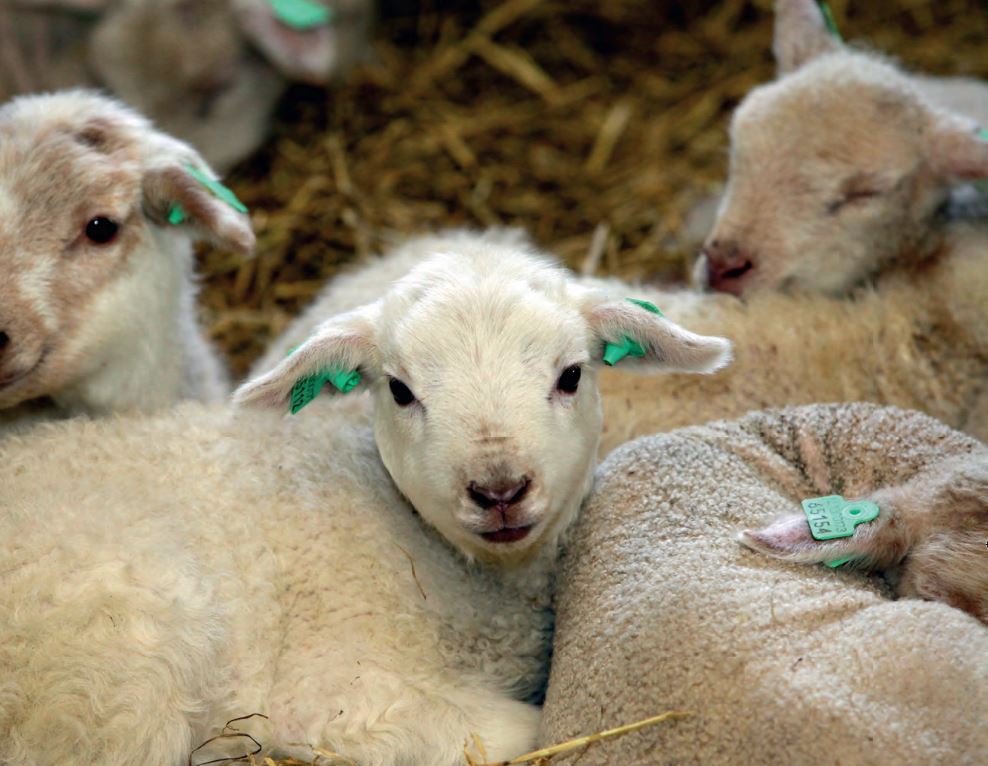
Now that the pregnancy season is in full swing again, we are receiving reports of miscarriages, stillbirths and abnormal pregnancies. An infectious agent, zoonotic or non-zoonotic, is the cause. This is evident from the first results of pathological research conducted on aborted lambs and associated births this year. Article by Nienke Snijders-van de Burgwal (Royal GD).
Are you noticing an increase in the number of miscarriages in your company? Don't forget to inform the Dutch Food and Consumer Products Safety Authority (NVWA). If the number of abortions increases on sheep farms, both the breeder and the veterinarian must report it.
An infectious cause has been identified in a surprising number of abortion requests submitted for pathological examination. Less than half is common. Now, at the beginning of this lambing season, that number is already two-thirds. It is impossible to predict whether the numbers of entries will improve or become worse.
Abortion factors have not been found yet
The causes of miscarriage found so far are Listeria, Campylobacter fetus, Escherichia coli, Toxoplasma gondii, and Chlamydia miscarriage. As the word “infectious” indicates, these agents are capable of infecting other animals. Pathogens enter the environment through aborted materials, such as amniotic fluid and after birth. This creates increased infection pressure with the risk of contamination of existing pregnant ewes, or environmental contamination. In the worst-case scenario, this leads to a miscarriage storm. However, the risk of this is not the same for all miscarriage agents.
Duty to notify infectious agents
Current reports with an infectious cause show that 52 percent of cases are related to pathogens infectious to humans (zoonosis). In the event of an increase in the number of abortions on sheep farms, there is an obligation to report to both the breeder and the veterinarian. This commitment is mainly related to risks to public health.
Pregnant women are not in the stable

Ranchers and employees, as well as other persons in direct contact with (aborted) ewes and aborted materials, are at risk of infection with the zoonotic abortion agent. Our advice is that pregnant women and people with weakened immune system functions should not enter the stable during the lambing season. It is also important that appropriate hygiene measures are taken by (and for) their owners and employees. In addition, it is important to know the cause of miscarriage, abnormal birth of fetuses, and birth of pregnancies. Pathological research can help determine risks to humans and animals. We can then also take targeted action, if necessary and possible.
Deformed lambs
GD screened mutilated lambs for bluetongue virus serotype 3 (BTV-3). The malformations so far appear to be caused by the Schmallenberg virus. Last winter, pathological research showed that BTV-3 is capable of infecting unborn lambs. We will continue BTV-3 research for the time being to monitor the potential role of BTV-3 on malformed lambs.
Reporting an increase in miscarriages
Are you noticing an increase in the number of miscarriages in your company? Don't forget to report this to the NVWA. For questions about diagnosing miscarriage or screening lambs with congenital anomalies, please contact Veekijker Kleine Hernauwer or visit the website gddiergezondheid.nl/abortus.
This is an article from Het Schaap March – read the full issue here..
Also read these articles from GD veterinarians:

“Total coffee specialist. Hardcore reader. Incurable music scholar. Web guru. Freelance troublemaker. Problem solver. Travel trailblazer.”







More Stories
GALA lacks a chapter on e-health
Weird beer can taste really good.
Planets contain much more water than previously thought